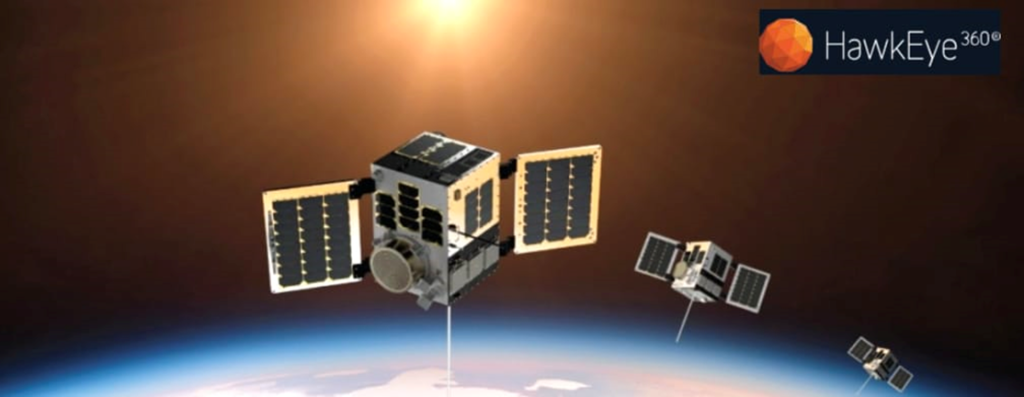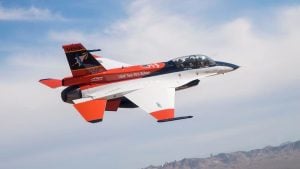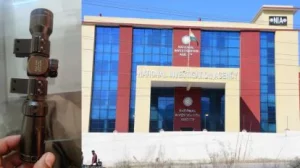India is set to significantly boost its maritime surveillance capabilities with the United States approving the sale of HawkEye 360 technology.
India Secures HawkEye 360 Tech Deal With US
India is set to significantly boost its maritime surveillance capabilities with the United States approving the sale of HawkEye 360 technology. Valued at an estimated $131 million, the deal includes SeaVision software, preferred enhancements, training, remote analytics, documentation, and logistics support. The primary contractor is HawkEye 360, based in Herndon, Virginia.
Strategic Context: Indo-Pacific Tensions and QUAD Alignment
The timing of the sale is crucial. As tensions continue to rise in the Indo-Pacific, the United States and India are strengthening their defence partnership to ensure regional stability. The move aligns with the goals of the Quadrilateral Security Dialogue (QUAD)—a strategic group consisting of the US, India, Japan, and Australia—which has expanded its maritime domain awareness initiative to cover the Indian Ocean.
According to the US government, this sale supports American foreign policy and national security by enhancing the capabilities of a major defence partner. It reflects a broader effort to maintain political stability, peace, and economic progress in the Indo-Pacific and South Asia regions.
The Technology: Eyes in the Sky for Dark Ship Detection
HawkEye 360 is a private US-based company operating a constellation of low Earth orbit satellites that track radio frequency (RF) emissions from ships, aircraft, vehicles, and coastal systems. This technology is crucial for identifying “dark ships”—vessels that turn off their Automatic Identification System (AIS) to avoid detection, often linked to smuggling, illegal fishing, or piracy.
HawkEye 360 uses a multi-layered approach:
- Electro-Optical (EO): For high-resolution daytime imaging
- Infrared (IR): To detect thermal signatures at night
- Synthetic Aperture Radar (SAR): To provide radar-based images under any weather or lighting conditions
These tools enable the detection of suspicious activity, such as recurring AIS signal gaps, by correlating them with unknown RF signals. The technology provides real-time insight into vessel size, speed, and location—empowering faster and more accurate responses by the Indian Navy.
Enhancing India’s Maritime Domain Awareness
This acquisition complements India’s existing surveillance infrastructure, which includes the P-8I maritime patrol aircraft and Sea Guardian drones. Together, they will provide 24/7, all-weather coverage across India’s vast Exclusive Economic Zone (EEZ).
The integration of HawkEye 360 also strengthens India’s Information Fusion Centre–Indian Ocean Region (IFC-IOR), established in 2018 to serve as a regional maritime intelligence hub. The new system will improve the centre’s ability to monitor smuggling, trafficking, illegal fishing, and piracy.
Conclusion: A New Era of Maritime Security for India
The HawkEye 360 deal represents a leap in India’s ability to safeguard critical sea lanes and trade corridors. It closes longstanding surveillance gaps—so-called “dead zones”—and enables more precise, independent maritime operations.
As part of a growing US-India strategic partnership, the sale marks not just a technology transfer but a shared commitment to security, transparency, and stability across the Indo-Pacific.





















